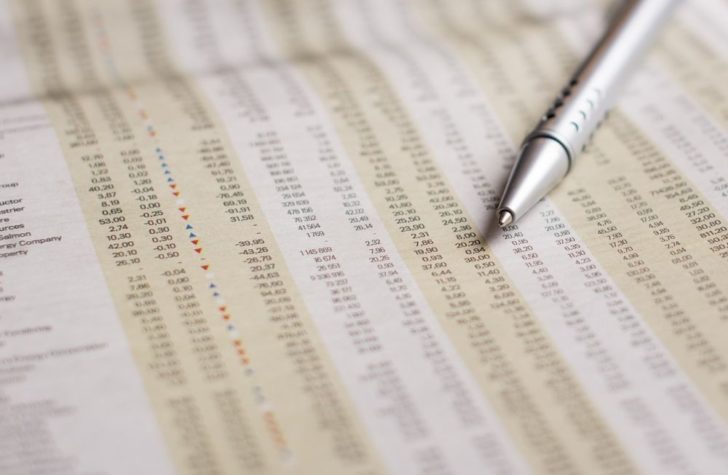Day Trade Tips: Maximizing Profits in the Stock Market

Introduction:
Day trading has become increasingly popular among individual investors who seek to profit from short-term fluctuations in stock prices. In this comprehensive article, we will provide an in-depth overview of day trade tips, including different types, popular strategies, and quantitative measurements. We will also discuss the differences between various day trade tips and provide a historical analysis of their advantages and disadvantages.
What are Day Trade Tips?

Day trade tips refer to strategies and techniques employed by day traders to maximize profits in the stock market. Unlike long-term investors who hold positions for months or even years, day traders aim to capitalize on small price movements occurring within a single trading day. They take advantage of intraday volatility to generate short-term profits.
Types of Day Trade Tips
There are various types of day trade tips that traders can utilize to achieve their financial goals. Some of the most commonly used strategies include:
1. Scalping: Scalpers make numerous trades throughout the day, aiming to capture small price differentials. They aim to profit from short-term imbalances in supply and demand.
2. Momentum Trading: Momentum traders focus on stocks that are exhibiting strong upward or downward price movements. They aim to ride the momentum and profit from the continuation of the trend.
3. Breakout Trading: Breakout traders look for stocks that are breaking out of a defined price range. They aim to capitalize on the potential for significant price movements following a breakout.
4. Reversal Trading: Reversal traders anticipate the end of a current price trend and look for opportunities to enter positions in the opposite direction. They seek to profit from a reversal or correction in the stock’s price.
Quantitative Measurements in Day Trade Tips
Quantitative measurements play a crucial role in day trading, helping traders make informed decisions and measure the effectiveness of their strategies. Some essential quantitative indicators and measurements include:
1. Volume: Trading volume indicates the number of shares traded during a specific period. Higher volume often accompanies price movements, providing insights into market activity.
2. Volatility: Volatility measures the degree of price fluctuations. Day traders seek stocks with high volatility as it presents opportunities for faster and more substantial gains.
3. Average True Range (ATR): ATR quantifies market volatility by considering the average range between high and low prices over a defined period. Traders can utilize ATR to set profit targets and stop-loss levels.
4. Moving Averages: Moving averages smooth out price data by calculating average prices over a specific period. These indicators help identify trends and potential entry or exit points.
Differences between Day Trade Tips
Despite their shared goal of profiting from intraday price movements, different day trade tips can vary significantly in terms of approach and risk-reward profiles. Here are some key differences:
1. Timeframe: Scalping strategies focus on very short-term movements, while momentum and breakout strategies may span a few hours or even the entire trading day.
2. Risk Level: Strategies like scalping carry lower risk as they aim for small, frequent gains. In contrast, reversal trading may involve larger risks as traders place bets against prevailing trends.
3. Technical vs. Fundamental Analysis: Some day traders rely heavily on technical analysis indicators, while others take into account fundamental factors such as earnings reports and economic news.
Historical Overview of Day Trade Tips’ Pros and Cons
Throughout history, various day trade tips have showcased both advantages and disadvantages. Understanding these can help traders make better-informed decisions. Here is an overview:
1. Pros:
– Potential for quick profits due to intraday price movements.
– Ability to take advantage of both rising and falling markets.
– Greater liquidity, allowing traders to enter and exit positions with ease.
– Flexibility to adapt to changing market conditions.
2. Cons:
– Higher transaction costs due to frequent trades.
– Increased risk of emotional decision-making and overtrading.
– Reliance on accurate and timely execution of trades.
– Need for continuous monitoring of market conditions.
Conclusion:
Day trade tips encompass a range of strategies and techniques that day traders employ to maximize profits in the stock market. By understanding the different types of day trade tips, utilizing quantitative measurements, recognizing their differences, and considering historical pros and cons, traders can make better-informed decisions to succeed in this fast-paced trading environment. Remember, constantly learning and adapting to market dynamics is key to achieving sustainable profits in day trading.

















